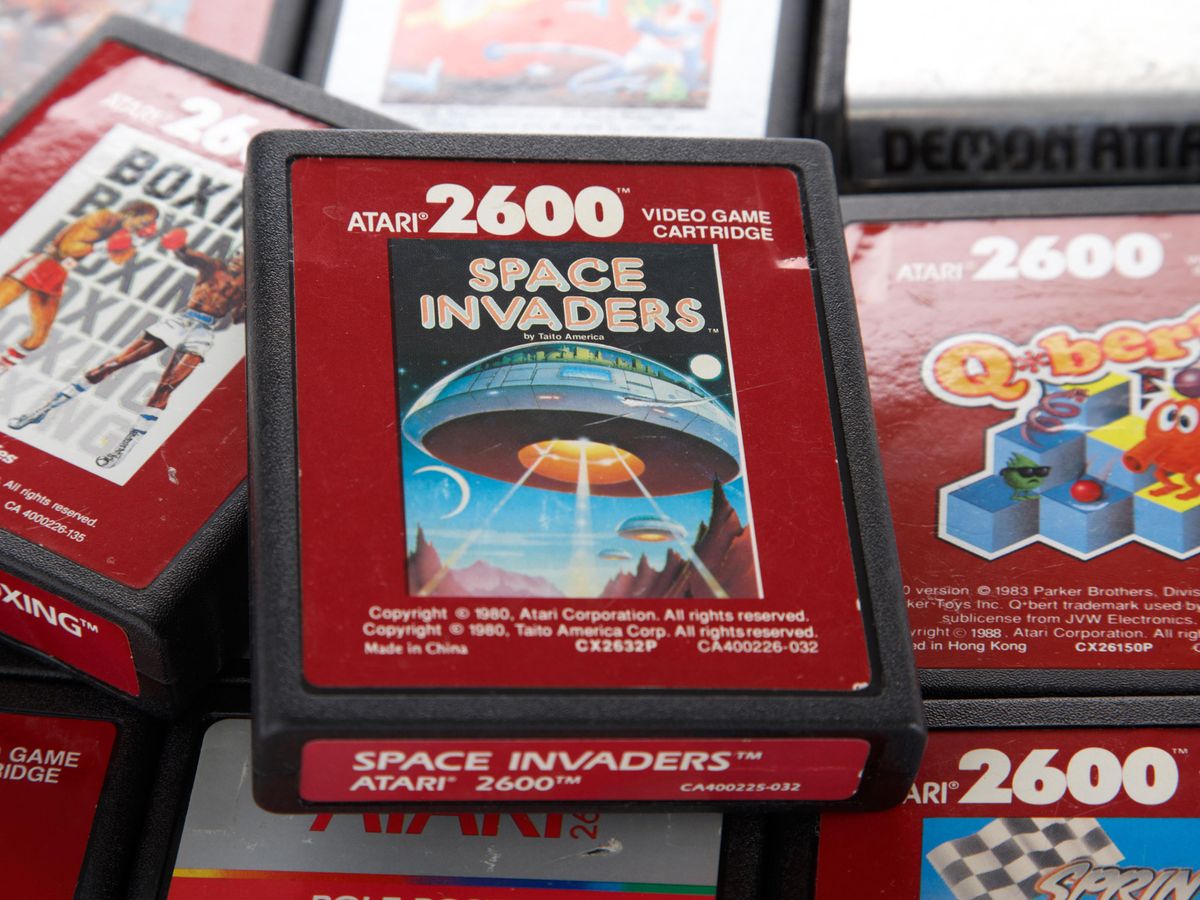When Atari released its home videogame machine, the VCS, in 1977, the company thought it might be able to sell four or five game cartridges to each purchaser of the hardware. By 1981, popular games like Space Invaders, Asteroids, and Missile Command were each selling in the millions. And the Atari VCS, later rebranded as the Atari 2600, was the leader of a huge new industry—home video gaming.
So in 1982, IEEE Spectrum associate editor Paul Wallich and I set out to learn everything we could about the design of that popular game machine. And we wanted to know how the people developing software for it had figured out how to make the system create graphics and sounds its designers had never imagined, enabling the creation of hundreds of different games. IEEE Spectrum published that story as “Design Case History: the Atari Video Computer System” in March 1983. We recently republished the article, which first came out long before Spectrum (or anyone) even had a website.
Just getting the technical details into print was a bit of an adventure. Key engineers, both hardware and software, were happy to explain their work, reasoning that once a trick appeared in a published game, other developers could reverse engineer it. After we conducted the interviews, however, one of the software companies tried to pull back the information, insisting that the tricks they had told us about were trade secrets. After some legal wrangling, we were able to publish. I remember IEEE’s executive director at the time—Eric Herz—explaining to a game company’s lawyers that what we had learned wasn't subject to trade secret protection. Herz said an expert looking at graphics on a screen and instantly understanding how a clever bit of software made that image possible was akin to a chef tasting a particular spice in a bowl of soup and then knowing exactly how to make the dish.
Though today’s game machines like the PlayStation 5 and the Microsoft Xbox Series X have capabilities far beyond what the VCS designers could have imagined, the Atari 2600 still has a passionate fan base. These enthusiasts collect old machines and cartridges. And people still play classic games on old machines as well as on new gadgets that seem to come on the market every few years or so, the most recent in 2021.
Birth of an Era
The Atari 2600 also marked milestones in technology that go beyond its influence on the videogame industry. “It helped kick off the software era for home consumer electronics,” says Joe Decuir, who worked on the design of the original VCS chip at Atari and is now a lecturer at the University of Washington and an IEEE Fellow. Previously, designers of game machines had encoded graphics and gameplay in circuitry. If you wanted a new game, you needed a new machine.
The VCS wasn’t the first machine to do this. The Fairchild Channel F, which came on the market ten months earlier, planted that flag. But the Atari machine was hugely popular, and that popularity showed the world that software could extend the capabilities and the lifespan of consumer hardware.
The 2600 also kicked off another era, Decuir says, although not quite as directly: It was an open system—that is, anyone could develop software and distribute it in cartridges compatible with Atari’s hardware. That turned out to be great for people who wanted to compete with Atari, sparking the formation of startups like Activision and Imagic, and great for encouraging creativity in game design. It wasn’t that great for Atari’s efforts to sell game cartridges. And it eventually hurt hardware sales, Decuir believes, because people who spent money on badly designed software made by third parties blamed the Atari hardware as much as the software. So, Decuir says, the VCS triggered the evolution of technical market barriers—encryption or other features built into systems that meant the hardware manufacturer could control access through licensing.
The evolutionary path of closed systems is not entirely clear, but you just might have the Atari 2600 to thank for the fact that many ink jet cartridges contain chips or that Apple gates access to its app store.
Just months after Spectrum’s article was published, the videogame market cratered in what is now known as the Video Game Crash of 1983. This plunge in sales was thought by many to have been triggered by Atari’s release of the E.T. The Extra-Terrestrial game, now considered the worst game of all time. (Atari reportedly buried truckloads of E.T. game cartridges in the desert.) It took a few years before home videogames came roaring back, but this time led by Nintendo and Sega. Atari continued to manufacture the VCS/2600 until 1992, but never recaptured the popularity of its early days.
- Inventing the Atari 2600 - IEEE Spectrum ›
- Atari Alumni Talk About the Tall Tales They Told to Launch an ... ›
- Digging up the Ghost of Videogames Past - IEEE Spectrum ›
Tekla S. Perry is a senior editor at IEEE Spectrum. Based in Palo Alto, Calif., she's been covering the people, companies, and technology that make Silicon Valley a special place for more than 40 years. An IEEE member, she holds a bachelor's degree in journalism from Michigan State University.



